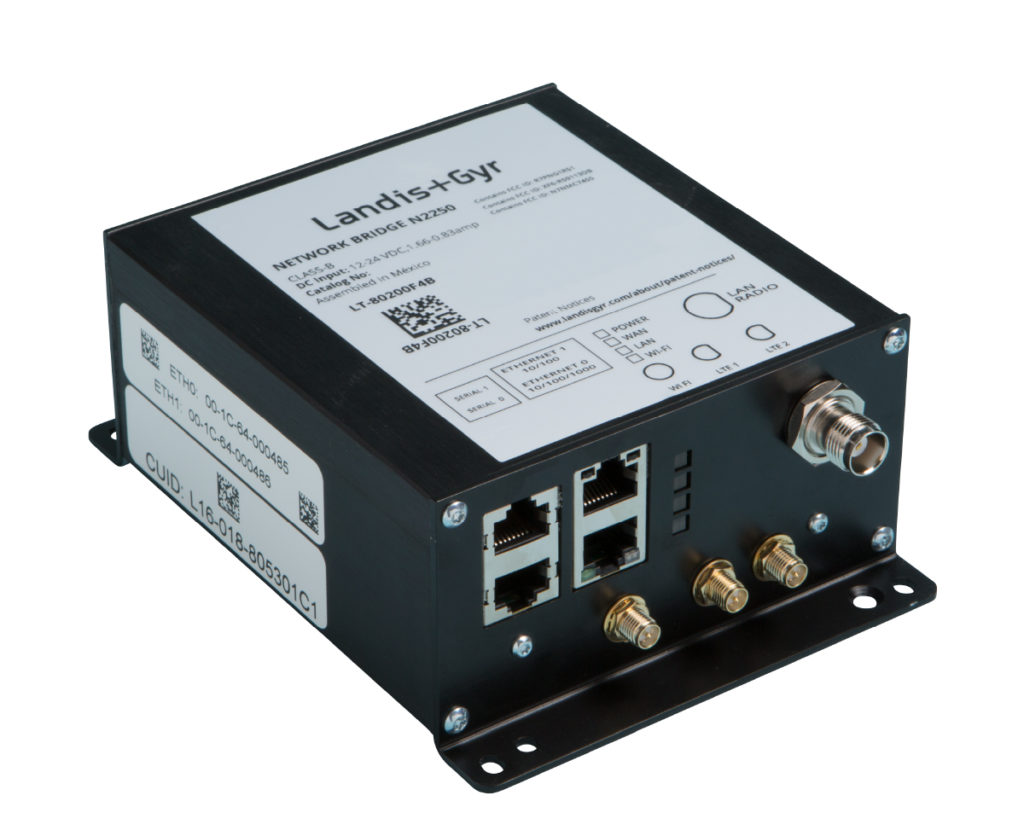When we need a better connection with increased internet speed, we look for various solutions. There are tons of things we can try. The first thing we usually do is look for a better subscription plan with our ISP (Internet Service Provider).
However, we also try moving our router, switching to a wired connection, clearing the cache data, resetting the router, installing an extender, and other boosts that don’t increase speed. Another thing to consider is a connection bridge. So, does bridging connections increase speed?
To figure it out, we need to discuss what a network bridge is, what are the advantages of bridging connections, and how to bridge a connection.
CONTENTS
What Is a Network Bridge?
Think about it this way. There are two cities and a river is flowing between them. Both cities have a certain population, and there are houses and buildings on each side of the river. However, there’s no way to cross the river.

Now, the people decide to build a bridge or a few of them, and two cities become one. This is pretty much how a network bridge works. In technical terms, a network bridge is a device that forms one network from several different networks.
For example, if we have two different routers or gateways in two different parts of our home, we can bridge them and make a single network from two existing networks. This is how it works, and there are many benefits to bridging a connection.
Bridging Connections Advantages
The benefits of bridging a connection include reduced bandwidth loss, a possibility to create a subdivision of networks, a possibility to extend your existing network, increases the reliability of the network, and it provides a possibility to create a bus network.
Bandwidth Regulation
Bridging connections can reduce bandwidth loss, which might be considered as an increase in internet speed. However, bandwidth doesn’t necessarily translate to internet speed, it’s rather a transmission capacity of a network. So, when we bridge a network, we use most of the bandwidth.
Network Subdivision
By bridging connections, we form two network segments, and anything that we send from one segment to another goes through the network bridge. Also, when we activate the bridge mode of a router, we only use it as a bridge, not as a router.
Network Extension
Bridging means extending because we’re connecting two different networks. When you connect two different networks into one, you can assign tasks from one part of the network to the other effortlessly.
Increased Reliability
When we bridge a connection and divide our LAN into two segments, it’s easy to maintain the network because it’s essentially the same network. Because of the same reason, traffic gets reduced on both segments of the network.
Bus Network Possibility
Using a bus network, we connect all the devices to a bus, a link that is directly connected to the bridge. With this formation, we can simultaneously send a piece of data to all the devices connected to the bridged network.
Bridging Connections to Increase Speed
As we already said, bridging two connections regulates bandwidth loss. However, it doesn’t increase speed in each connection. It’s like this when you want to get a better image quality on your TV, you don’t install another TV next to it and turn it on.
Recommended reading:
- Do Wi-Fi Routers Track Internet History?
- Can A Bad Router Cause Slow Internet?
- Internet Goes Out Every Night At Same Time: Can We Fix That?
You need to get a better TV. This is how it works. You can’t have two or more TVs next to each other and assume that they’ll play the same thing synchronously and partially so that you get an entire image across multiple TVs.
It’s the same with routers. You can’t bridge two routers and assume that their bandwidth doubles, and the internet speed increases based on that. The bandwidth is going to remain the same. The only thing that changes is that these two are connected, and they form one network.
How to Bridge a Connection?
To bridge connections, you need to ensure that you’re using an appropriate device as a bridge. You can even use your PC. Nevertheless, most routers come with an AP (Access Point) and/or Bridge mode. You need to physically connect two devices that help establish two different networks.
Bridge Mode Router
If you own a router that can be a bridge, you need to enable Bridge mode. There are different router types, and there are distinct steps to follow to enable Bridge mode in these routers. However, the general setup process is like this:
- We need to go to the settings page of our router or gateway by typing in the IP (Internet Protocol) address of our device into the address bar of our browser. Press Enter.
- There’s going to be a login page. We need to type in our credentials. The username and password are usually admin and password.
- We need to locate the Enable Bridge Mode option. It’s usually under the Advanced tab of the router’s settings.
- You can create a wireless bridge or a wired bridge depending on the setup you prefer.
Bridging Connections in Windows 10
We need to set a static IP address on our device first so that we can maintain internet access on our device.

In Windows 10 operating systems, it’s quite easy to bridge two separate networks, we just need to follow these steps:
- Click on the Start menu button, and go to Settings.
- Go to Network & Internet, and scroll down to click on Change adapter options under the Advanced network settings tab.
- After that, select two connections that you want to bridge.
- Once you’ve selected both connections, right-click and select Bridge Connections.
Conclusion
It’s important to remember that bridging connections doesn’t increase speed, but it reduces the load on the bandwidth which results in a clearer connection that’s more reliable. Bridging connections creates one network.
There are many ways to improve internet speed, but bridging connections is not one of them. The best thing to do if you’re looking to improve your download and upload speed is to get a better subscription or a different ISP.

Hey, I’m David. I’ve been working as a wireless network engineer and a network administrator for 15 years. During my studies, I also worked as an ISP field technician – that’s when I met Jeremy.
I hold a bachelor’s degree in network engineering and a master’s degree in computer science and engineering. I’m also a Cisco-certified service provider.
In my professional career, I worked for router/modem manufacturers and internet providers. I like to think that I’m good at explaining network-related issues in simple terms. That’s exactly what I’m doing on this website – I’m making simple and easy-to-follow guides on how to install, set up, and troubleshoot your networking hardware. I also review new network equipment – modems, gateways, switches, routers, extenders, mesh systems, cables, etc.
My goal is to help regular users with their everyday network issues, educate them, and make them less scared of their equipment. In my articles, you can find tips on what to look for when buying new networking hardware, and how to adjust your network settings to get the most out of your wi-fi.
Since my work is closely related to computers, servers, and other network equipment, I like to spend most of my spare time outdoors. When I want to blow off some steam, I like to ride my bike. I also love hiking and swimming. When I need to calm down and clear my mind, my go-to activity is fishing.

but can briding a LAN connection and a WiFi connection on one PC with only one network increase the speed in the sense that either might only give 100mbps but combined they would give 200 and better reliability if one drops out.
whenever i try that it seems to only use one of the connections within the bridge